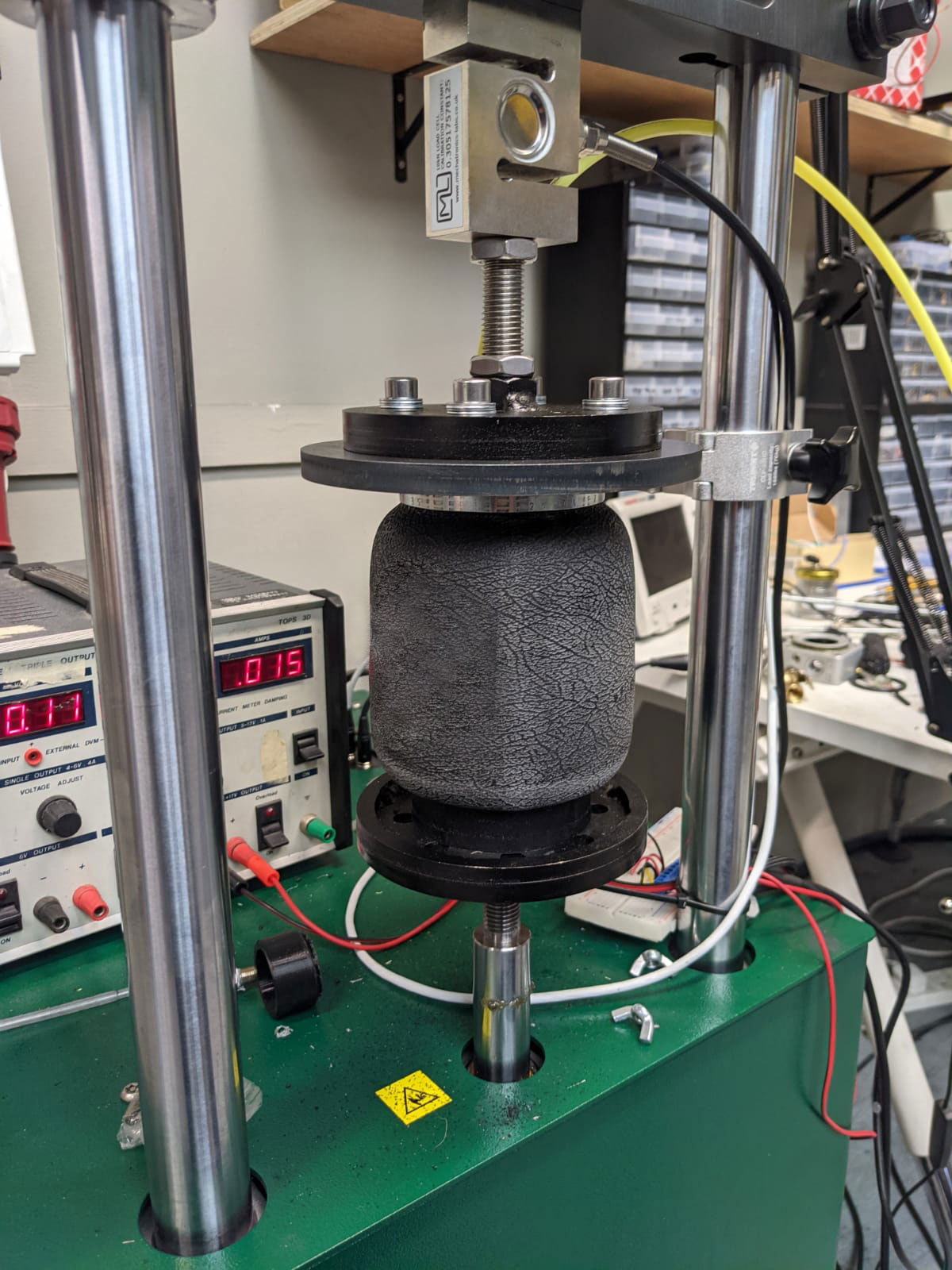The patented application of a material derived from coconut shells will soon help alleviate safety, comfort and packaging challenges in commercial vehicle seat designs. Manchester-based Carbon Air, an expert in the innovative use of activated carbon, is introducing its technology to cab seating for trucks, buses, trains and off-highway machinery.
For several decades, the commercial vehicle industry has sought solutions to mitigate driver fatigue and nausea that are associated with lengthy periods spent behind the wheel of a vehicle subject to constant motion. Activated carbon allows the air springs that support the cab seat to be set up with less stiffness, meaning the seat is more isolated from the motion of the vehicle, significantly reducing an undesirable and constant ‘bobbing’ movement. With activated carbon in the air spring, the seat can be tuned to the preference of the driver, operator or manufacturer.
A further benefit of the technology is realised for cabin designers. Because Carbon Air’s activated carbon allows the same volume of air to be stored in a smaller chamber, using activated carbon can reduce the size of the air chamber, saving valuable packaging space in driver cabins.
In its laboratory testing, Carbon Air found that when force is applied to an air spring equipped with activated carbon, the effect of the force is reduced by 20%. Its assessments aim to replicate a commercial vehicle driving over deep potholes in the road surface and long-frequency highway undulations. In both situations, the significant reduction in spring stiffness resulted a smoother response for the cab seat. In real world driving, this will directly contribute to improved driver comfort.
John Coakley, CTO of Carbon Air, said: “We have already successfully applied our technology to automotive air springs and mountain bike forks. We wanted to turn our attention to the safety requirements in cab seating, which is why this use of activated carbon technology is so important. We have seen great results in the lab, and we are confident that drivers will feel the difference.”
Following the successful introduction of its technology to automotive air suspension systems on premium cars like the Audi A6, Carbon Air is already expanding its patented application of activated carbon. It is finalising the commercialisation of inserts for mountain bike shocks and forks and is at the advanced stages of developing numerous acoustic applications.
What is activated carbon and how does it work?
The properties of gas in a cavity are widely understood to be unchangeable, so to modify the stiffness in an air spring for equal charge pressure according to the individual driver’s needs would require alteration of the inner geometry in the compression chamber. Carbon Air’s activated carbon technology solves this, through the power of adsorption, which seemingly bends the laws of physics and alters the behaviour of air when under pressure.
Micropores within activated carbon exhibit a high surface area of over a thousand metres per gram. The material adsorbs air molecules to its surface, effectively ‘storing’ large amounts of gas that form a film on the vast solid surface area.
The result is a dramatic change of the pressure curve. Just as increased pressure causes adsorption, decreased pressure causes desorption, and so the changes in pressure with compression and extension of the spring are counteracted. The effect is that the suspension behaves as if it has a larger volume, reducing stiffness and increasing linearity, without impacting the charge pressure or ride height.
Each unit of volume occupied by the activated carbon approximately doubles the air capacity.
Activated carbon is formed by subjecting organic carbon matter, such as coconut shells, coal and sawdust, to super-heated steam and chemicals. This process creates a dense network of microscopic pores, which can vary in type according to the source material being converted. These differences cause significantly differing adsorption behaviour, which can be enhanced and tuned to a particular application.
Traditionally, activated carbon has been used for gas and liquid filtration, and is used extensively in the water treatment and food industries. But the use of the material to moderate the mechanical behaviour of air has been pioneered by Carbon Air, and it is at the advanced stages of exploring the technical opportunities of numerous patented applications.
